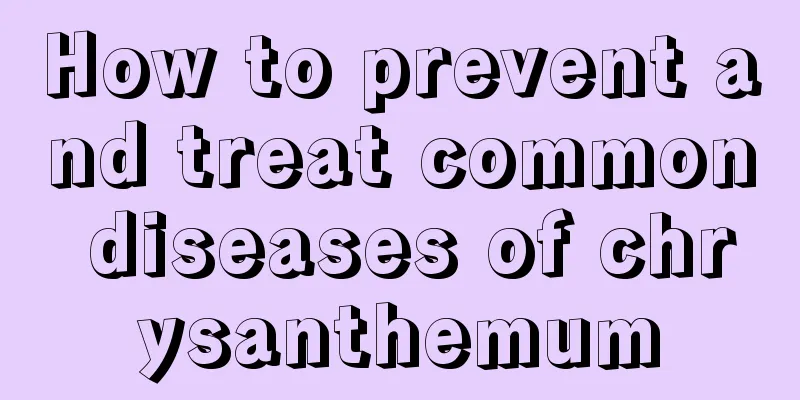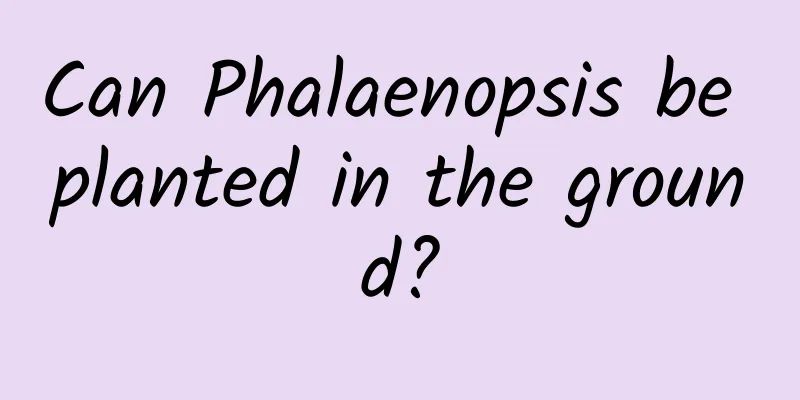How to prevent and treat common diseases of chrysanthemum

Black spotsymptomAs long as the disease harms the leaves, the main manifestation is the appearance of dark brown spots on the leaves. Prevention and treatment methodsRemove any sick leaves immediately For chrysanthemums in the fields, you can change the crops you plant once a year, and for chrysanthemums in pots, you can just replace the soil every year. After cutting the dead branches in the ground in winter, burn them in one go or bury them by deep plowing the soil. powdery mildewsymptomThe disease is mainly characterized by the appearance of white powdery substances in the diseased areas, which in most cases appear on leaves and petioles, and sometimes also in other parts of the body. Prevention and treatment methodsQuickly clean up diseased leaves and diseased debris, gather them together and burn them. Watering should be done in a ventilated manner, lower the humidity, and use fertilizers reasonably. Stem rotsymptomThe seedlings are easily infected by this disease. The bottom of the diseased seedlings is watery at first, and then slowly turns brown, causing the death of the seedlings. When adult plants are infected with this disease, the leaves, buds and flowers slowly wilt. Prevention and treatment methodsAvoid exposure to the sun during the seedling stage, water appropriately, and drain excess water quickly after rain. Master the cultivation density, use fertilizers reasonably, and use nitrogen fertilizers in moderation. Do not let the seedlings get hurt during maintenance. If you see diseased plants, pull them out and burn them immediately. MosaicsymptomDiseased leaves have unevenly distributed necrotic spots of varying sizes. Severe cases may appear as brown spots, which can cause the entire leaf to necrotize and fall off. Prevention and treatment methodsDo not use diseased chrysanthemums as breeding materials to fundamentally eliminate the disease. After the cultivation material is selected, a heat treatment process must be carried out. Disinfect commonly used tools to reduce damage to chrysanthemums and remove weeds and other parasites. Strengthen pest control to prevent the spread of this disease. If you see diseased plants, pull them out and burn them. Others are too concentrated, ventilation and light transmission should be good, to cultivate strong seedlings and improve the disease resistance of chrysanthemums. |
>>: Chlorophytum disease and pest control
Recommend
Causes and treatments for yellowing orchid leaves
1. Too much light 1. Reason: Compared with an env...
The fastest way to root jasmine cuttings
Jasmine cutting time Jasmine can be propagated by...
How to grow carnations in summer
1. Breeding environment 1. Soil: Choose relativel...
How to trim emeralds to look good
When is the best time to trim emeralds? The best ...
Broad bean planting time and technology
Broad bean is an annual or biennial herb of the g...
How to grow passion fruit in autumn
1. Sufficient water Because passion fruit itself ...
How many years does it take for anise trees to bear fruit?
The star anise tree is an evergreen tree of the g...
Can I plant radishes in December? (Winter radish planting time and method)
Can I grow radishes in winter? Radish is grown al...
Citron cultivation methods and precautions
1. Maintenance methods 1. Soil: There are no stri...
Placing flowers in the right position during the Chinese New Year can bring prosperity to the family and keep them safe.
Living room flowers Recommended flowers Cyclamen,...
How and when to plant bell peppers Planting techniques and management points
The best time to plant bell peppers Bell peppers ...
What to do if there are too many green radish roots
Aerial roots When growing green radish. It is oft...
How to propagate the sycamore
1. Cutting method (1) Time selection: For this me...
How long is the growth cycle of coconut?
Coconut Growth Introduction Coconuts are suitable...
Is small-leaf red sandalwood suitable for indoor cultivation? Is small-leaf red sandalwood easy to grow indoors?
It is good to keep small-leaf red sandalwood at h...









